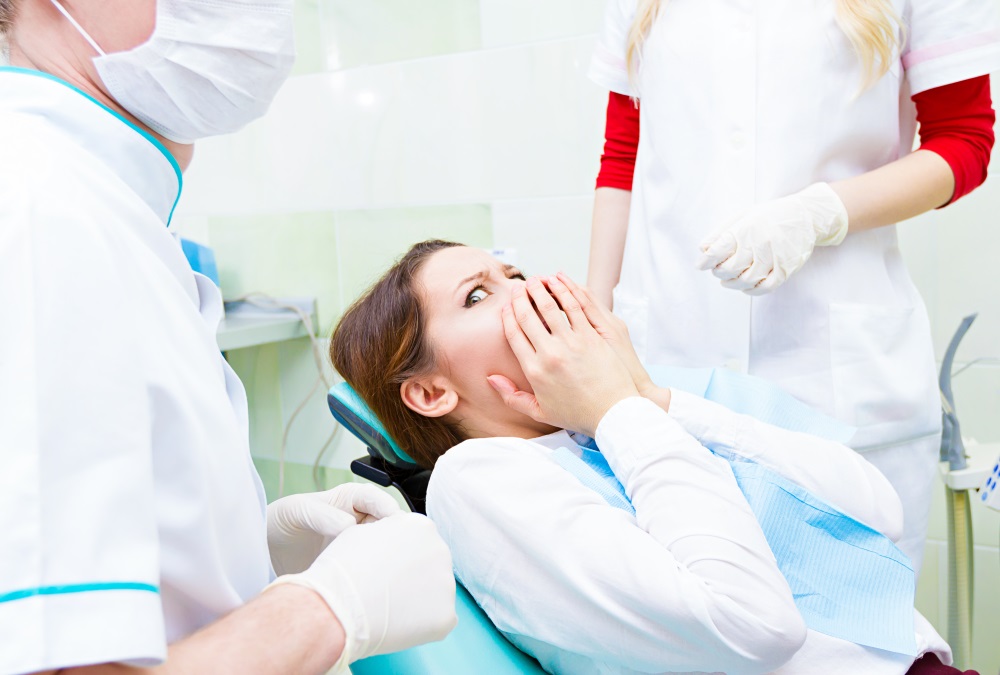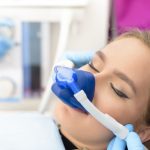Dental Care and Latex Allergies
Most of us have or are close to someone with any allergy. Many allergies are commonly food-related, like nuts, dairy or eggs, but others range from environmental triggers like grass, pollen or ragweed, to man-made substances such as latex. A latex allergy affects between 1-6% of the general population; however, health care workers who are exposed to latex regularly report a higher occurrence of the allergy. If this is something you haven’t heard about, you aren’t alone. Keep reading to learn more about latex allergies and how it affects your trip to the dentist!
What is a latex allergy?
A latex allergy is the result of certain proteins found in the natural rubber latex reacting poorly to your skin. If you have the allergy, your body mistakes this product as a foreign invader and works to fight it off. This can cause a reaction that results in itchy skin, hives, or serious life-threatening issues like anaphylaxis.
The exact cause of latex allergy is unknown, but repeated exposure to latex and rubber products is thought to trigger symptoms. Understanding and knowing the basics of a latex allergy will help you be able to identify symptoms and guide you in seeking help. Naturally, this comes into play in the dentist office, with latex gloves and other products in regular use. That’s why we’re extra equipped to help you identify next steps.
Who’s at risk?
Individuals in the health care industry are almost twice as likely to develop a latex allergy as the general population. In addition to those in health care, other workers like those in food preparation or technicians that are commonly exposed to latex have just as high of a risk. Many of these allergies develop after wearing and being exposed to latex for some time. Most reactions occur within minutes of exposure; however, it is possible for a delay onset of symptoms up to almost two days after contact is made.
If you are diagnosed with a latex allergy by your doctor, it’s recommended to look for products that are labeled as “not made with natural rubber latex.” The FDA warns that there is no product that is truly latex free since they have not found any product that does not contain at least some natural latex rubber proteins.
I have an allergy—now what?
If you have a latex allergy, going to see your dentist can be anxiety inducing due to the dental use of latex. It is important to call your dentist prior to your appointment so the office can follow their latex-free protocol. It’s important to give them as much notice as possible to ensure all surfaces you will come into contact with are sanitized. Since there is no cure for a latex allergy, the best option is prevention. In addition, wear a medical alert bracelet to let others know about your allergy even if you aren’t able to.
Isn’t latex in everything?
If you are allergic to latex, there is a strong possibility you’re allergic to other things as well since these proteins are widely found in other products. Similar proteins found in latex are also found in avocados, bananas, chestnuts, kiwis and passion fruit. Also, it’s important to refrain from touching products that have latex in them like dishwashing gloves, balloons, rubber toys, erasers, and swim goggles. If you suspect an allergy, it’s important to get it diagnosed, since latex is such a prevalent component of products on the market today.
If you have a latex allergy, or even just a sensitivity, call our office today. We will be happy to walk through our protocol with you and ensure you visit to our office is safe!






